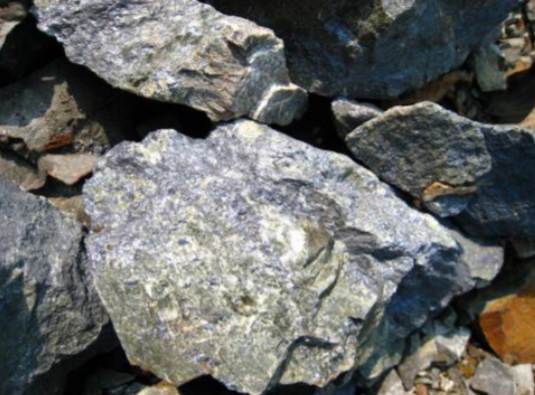NEWS&EVENTS
Home > News&Events > Company news > What are the main advantages of the electrolytic antimony process?
Electrolytic antimony technology has demonstrated many significant advantages in the field of antimony production, bringing new development opportunities to the industry.

In terms of product purity, this process demonstrates exceptional performance. It can consistently produce high-purity antimony ingots with a purity of 99.90%–99.99%. In the high-end semiconductor field, the requirements for raw material purity are extremely stringent; even the slightest impurity can affect semiconductor performance. The same applies to the flame-retardant materials industry, where high-purity antimony effectively enhances flame-retardant properties. The high-purity antimony ingots produced by the electrolytic antimony process precisely meet the stringent requirements of these high-end fields, providing a solid guarantee for their development.
The environmental advantages are also significant. The entire antimony electrolysis process adopts a wet closed-loop cycle, eliminating SO₂ emissions at the source and greatly reducing atmospheric pollution. At the same time, the amount of dust generated during production is extremely small, making the working environment cleaner and healthier. Employees do not need to be exposed to harsh environments for extended periods, easily meeting increasingly stringent environmental regulations.
In terms of comprehensive resource utilization, this process has the ability to efficiently recover valuable metals. During the electrolysis process, metals such as lead, bismuth, and silver can be recovered simultaneously, reusing resources that might otherwise be wasted, increasing the overall value of resources, creating additional economic benefits for enterprises, and maximizing resource utilization.
Furthermore, the electrolysis process is easily automated. Advanced automated equipment can precisely control various production parameters, ensuring the stability and consistency of the production process. This not only reduces labor intensity but also improves the working environment, minimizes the impact of human factors on product quality, and increases production efficiency and product quality.